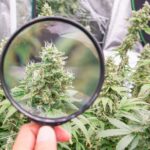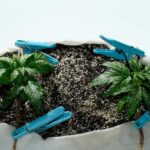The Best Fluffy Pancakes recipe you will fall in love with. Full of tips and tricks to help you make the best pancakes.
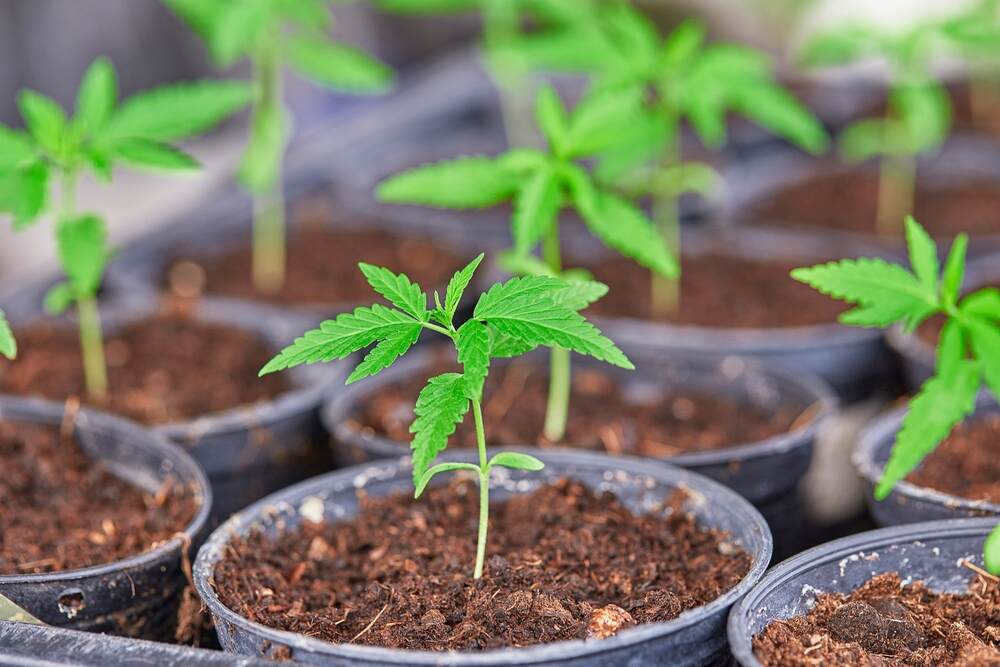
The easiest to grow weed strains
If you’re looking to grow weed for the first time, you’re in the right place. Not all cannabis strains are created equal—some are far easier to manage than others. As a breeder and grower who’s spent decades testing genetics in all kinds of environments, I can tell you: certain strains are perfect for beginners because they’re tough, low maintenance, and pretty forgiving when you mess up (and you will, that’s how we all learn).
In this guide, I’m going to show you exactly which strains are the easiest to grow, why they’re easier, and how you can make the most out of your setup. Whether you’ve got a closet grow or a backyard garden, there’s a strain here that’ll work for you.
Why some cannabis strains are easier to grow than others
Genetic resilience and beginner‑friendly genetics (autoflowering, Ruderalis hybrids)
The easiest strains to grow usually have resilient genetics built in. These are often hybrids that lean on Cannabis Ruderalis, which is naturally hardy and adapted to harsh climates. Autoflowering strains, which come from Ruderalis crosses, don’t rely on light cycles to flower, making them a dream for beginners.
I’ve worked with strains that can practically grow themselves. What makes them easy isn’t just that they’re strong—it’s that they handle stress better. A good beginner strain doesn’t hermie when your light schedule slips. It bounces back from overwatering, and it doesn’t throw a tantrum when humidity spikes.
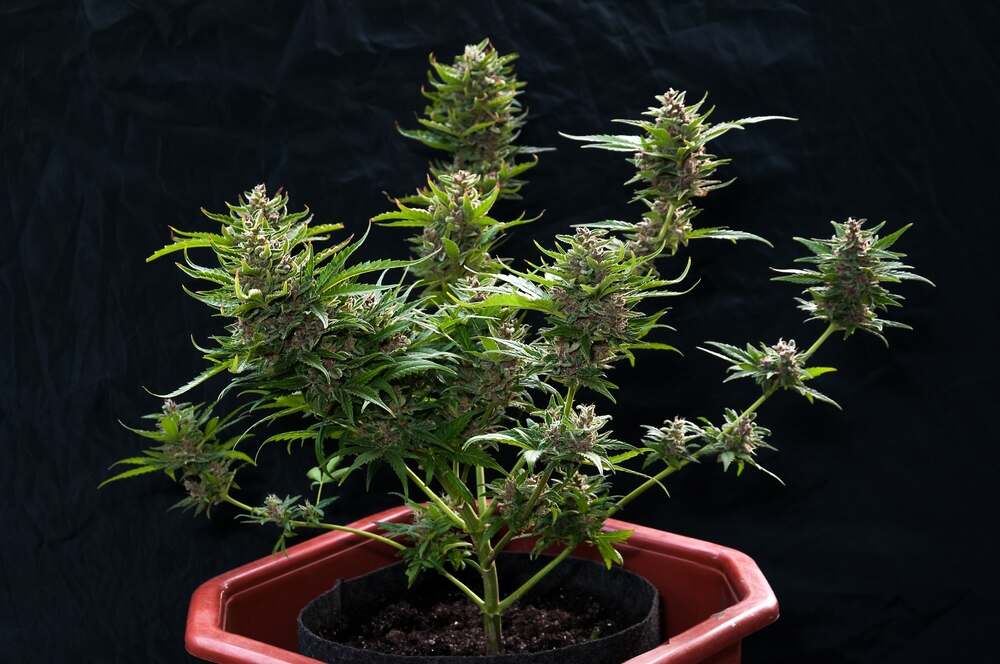
Growth time and harvest speed (short flowering, fast yields)
Fast-flowering strains mean fewer weeks for things to go wrong. This is one reason why autoflowers are ideal—they can go from seed to harvest in about 8–10 weeks. Compare that to photoperiod strains, which can take 3–4 weeks in veg and another 8–10 in flower.
The less time your plant is growing, the less time you’re dealing with pests, mold, or nutrient issues. Plus, if you’re impatient (like I was when I started), fast strains get you to harvest and trimming time much quicker.
Pest and mold resistance in hardy strains
One of the biggest killers of a grow is mold or pests. When you’re new, it’s easy to mess up your airflow or let your humidity climb too high. The easiest strains to grow have natural resistance to common grower headaches like bud rot, spider mites, and powdery mildew.
You want strains that have tight internodal spacing but airy buds, or plants that have proven themselves in outdoor guerrilla grows. That’s where the real-world testing happens. A strong genetic profile includes these traits:
- Thick, waxy leaves that resist fungus
- Strong stems that don’t flop under weight
- A terpene profile with limonene or pinene—natural bug deterrents
Autoflowering vs photoperiod strains for beginners
How autoflowering strains simplify light schedules and grow cycles
Here’s the magic of autoflowers—they flower on their own. No switching to a 12/12 light cycle, no worrying about light leaks. This makes them perfect for growers using windowsills, closets, or even balconies.
Autoflowers typically finish in 8–10 weeks and stay short, which is great if stealth is a concern. Plus, you can grow them in almost any season indoors. I’ve run autos back-to-back without resetting my whole tent.
Pros and cons compared to photoperiod feminized strains
Let’s break it down:
Pros of autoflowers:
- Quick turnaround time
- Smaller and more compact
- Less sensitive to light leaks
- Beginner-friendly and stress-tolerant
Cons of autoflowers:
- Smaller yields (usually)
- Less training time
- No clone cycles—you’re growing from seed each time
Photoperiod feminized strains give you more control. You choose when to flower, can veg as long as you like, and yields can be much higher. But they’re less forgiving. If you mess up the light cycle, they might revert to veg—or worse, go hermie.
Best autoflowering varieties for new growers
Here are a few autos I always recommend to first-timers:
- Northern Lights Auto – Nearly indestructible. Short and sweet with fat buds.
- AK-47 Auto – Fast, compact, and pungent. Handles stress like a champ.
- Blueberry Auto – Sweet aroma, low odor, and extremely stable genetics.
All three are easy to manage and don’t require heavy feeding.
Top easiest-to-grow weed strains for beginners
Northern Lights – resilient indica classic
Northern Lights is the go-to for beginners. It’s a pure indica that stays short, finishes quickly, and rarely complains. It thrives in both soil and hydro, tolerates pH swings, and has solid resistance to mold.
The smoke is heavy, relaxing, and ideal for nighttime use. Expect a flowering time around 6–7 weeks and thick colas with a spicy-sweet scent. This is the strain I hand to new growers every time.
Blue Dream – forgiving hybrid with high yield
Blue Dream is a West Coast legend. It’s a sativa-dominant hybrid but doesn’t act finicky like other sativas. It adapts well to different conditions and stretches predictably—ideal for low-stress training (LST).
It can yield big under the right light and feeds heavily. As long as you watch out for powdery mildew, it’ll reward you with berry-flavored buds and a clear-headed high that’s great for daytime use.
Green Crack – fast flowering, minimal care
Green Crack is one of those strains that just wants to grow. It’s compact, fast-finishing, and requires minimal pruning. It handles hot environments well and can produce a solid harvest even with basic care.
Its high is energetic and sharp—perfect if you need a functional buzz. Just give it good airflow during flower to avoid dense cola rot.
White Widow – balanced hybrid with strong disease resistance
White Widow is famous for a reason. It’s one of the most balanced hybrids out there, with strong resistance to bugs and mold. It’s not too thirsty, doesn’t need intense training, and flowers in about 8 weeks.
The buds are white with resin, and the high is a blend of relaxation and mental clarity. You’ll also appreciate how uniform the plants grow—great for small tents or limited space.
Auto AK‑47 – autoflowering version, compact and hardy
Auto AK‑47 takes everything that’s great about the original AK and compresses it into a manageable, beginner-friendly auto. It’s fast, finishes in 9–10 weeks, and puts out dense, frosty buds.
It’s also surprisingly potent for an auto. The plant can take heat, nutrient swings, and still push through without throwing nanners or fox tails. Definitely one of my go-to autos for new growers who want punchy results.
Growing tips to maximize success with easy strains
Ideal indoor vs outdoor environments and climate considerations
Some strains prefer the stable conditions of indoor growing, while others thrive outdoors with plenty of sun. Easy strains tend to be adaptable, but here’s what to think about:
- Indoor: Use a 2×2 or 4×4 tent, keep temps 20–26°C, humidity 45–55%
- Outdoor: Look for strains with mold resistance if you’re in humid or rainy areas
Autos do well outdoors if you’ve got at least 10 hours of sunlight. Photoperiods need longer summers or light deprivation if flowering time is limited.
Soil, nutrients, pH and watering routines tailored for these strains
Good soil makes everything easier. I use a light, airy mix with perlite and compost, and I avoid overfeeding. Most beginner strains don’t like hot soil.
Watering tips:
- Water when the top inch of soil is dry
- Maintain pH around 6.3–6.8 for soil
- Start with half-strength nutes and increase slowly
Easy strains will bounce back from mistakes, but proper watering is still key.
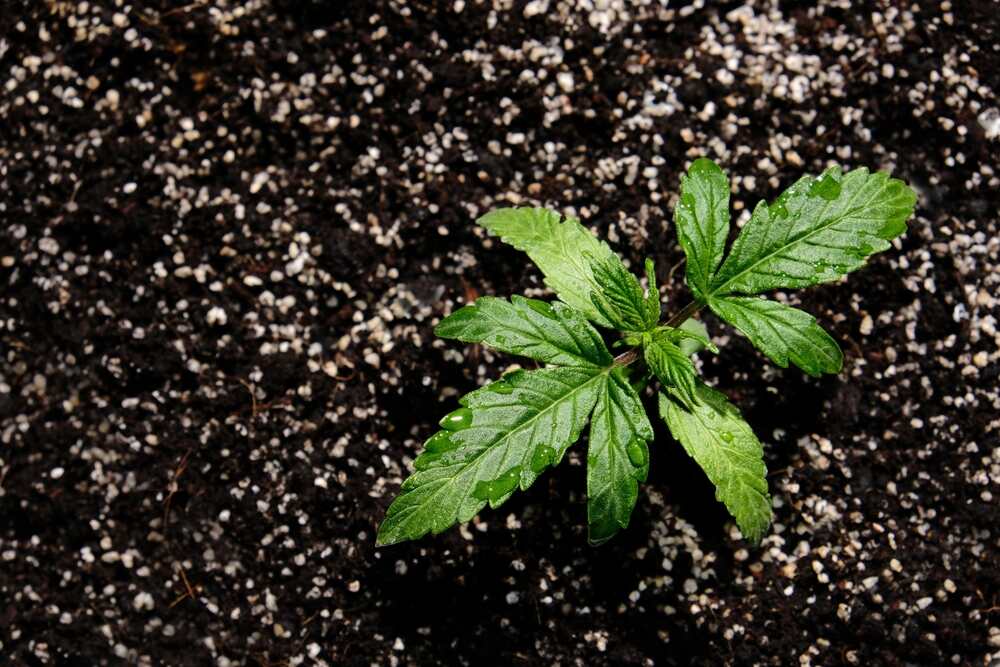
Pest management and humidity control for mold resistance
Even tough plants can fall to pests if left unchecked. I recommend:
- Neem oil for early prevention
- Sticky traps for fungus gnats
- Oscillating fans to prevent stagnant air and mold
Keep your humidity low in flower—ideally under 50%. For big colas, drop to 40% to avoid bud rot.
Training techniques for better yield (SOG, SCROG, topping)
Even easy strains benefit from light training. Here’s what I like to use:
- Topping – Cut the main stem to create multiple colas
- LST – Gently bend stems outward for even light exposure
- SCROG (Screen of Green) – Use a mesh screen to spread out your canopy
Autos don’t have much time to recover, so stick to LST and avoid topping unless you’re confident. Photoperiods handle topping and even some super cropping if needed.
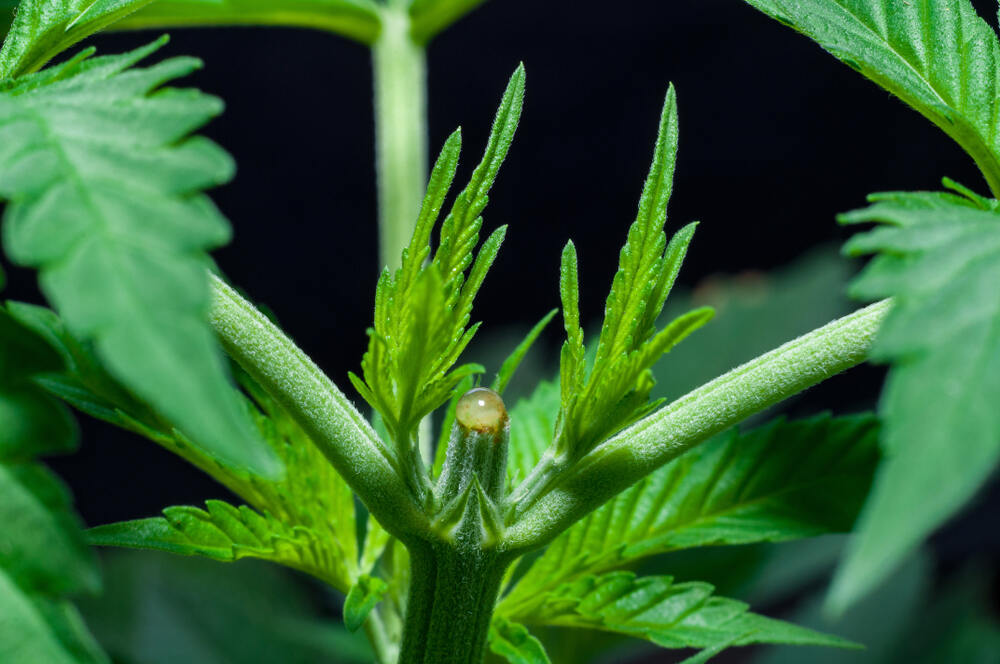
How to choose the best easy strain for your setup and goals
Matching strain choice to space, climate, legal limits, and stealth needs
Your grow setup should dictate your strain. If you’ve got:
- Limited space – Go for short autoflowers like Auto Northern Lights
- Cold or wet climate – Pick mold-resistant strains like White Widow
- Legal plant count limits – Grow photoperiods to maximize yield per plant
- Need for stealth – Choose low-odor strains and compact phenos
Balancing THC/CBD content, aroma control, and yield goals
Think about your personal goals:
- High THC – Green Crack or AK-47
- Balanced CBD/THC – White Widow or select Blue Dream phenos
- Low odor – Northern Lights is surprisingly discreet
- Big yield – Blue Dream or photoperiod White Widow
If smell is an issue, invest in a carbon filter or stick to low-profile strains with subtle terpenes.
Where to buy quality seeds and importance of proven genetics
Always buy seeds from a reputable breeder or bank. Cheap seeds often lead to hermies, males, or weak plants. Look for:
- Feminized or autoflowering labels
- Breeders with reviews and grow logs
- Genetic lineage and flowering time info
Some of my go-to sources include MSNL, FastBuds, and Royal Queen Seeds.
Conclusion
Starting your cannabis growing journey can feel intimidating, but choosing the right strain makes everything smoother. With tough genetics, short grow times, and natural resistance, the strains I’ve shared here are some of the best for beginners.
As someone who’s spent years watching plants thrive and fail, I can tell you—it’s not just about the strain, it’s about how you work with it. Stay observant, start slow, and don’t be afraid to get your hands dirty. You’ll learn more with each grow, and before long, you’ll be the one passing down tips to the next generation of growers.


